22 December 2024
When's the last time you stopped and marveled at a building's design? Think of those skyscrapers that pierce the clouds, stadiums that resemble futuristic spaceships, or even bridges that seem to defy gravity. What’s the magic ingredient behind these awe-inspiring structures? You guessed it—steel!
Steel has quietly become the backbone (pun intended) of modern architectural designs. But don't let its "industrial" reputation fool you. Steel isn't just about cold functionality; it's also about beauty, creativity, and endless possibilities. So, grab your hard hat (metaphorically speaking) because we're about to dive into how this game-changer material is shaping the face of architecture as we know it. 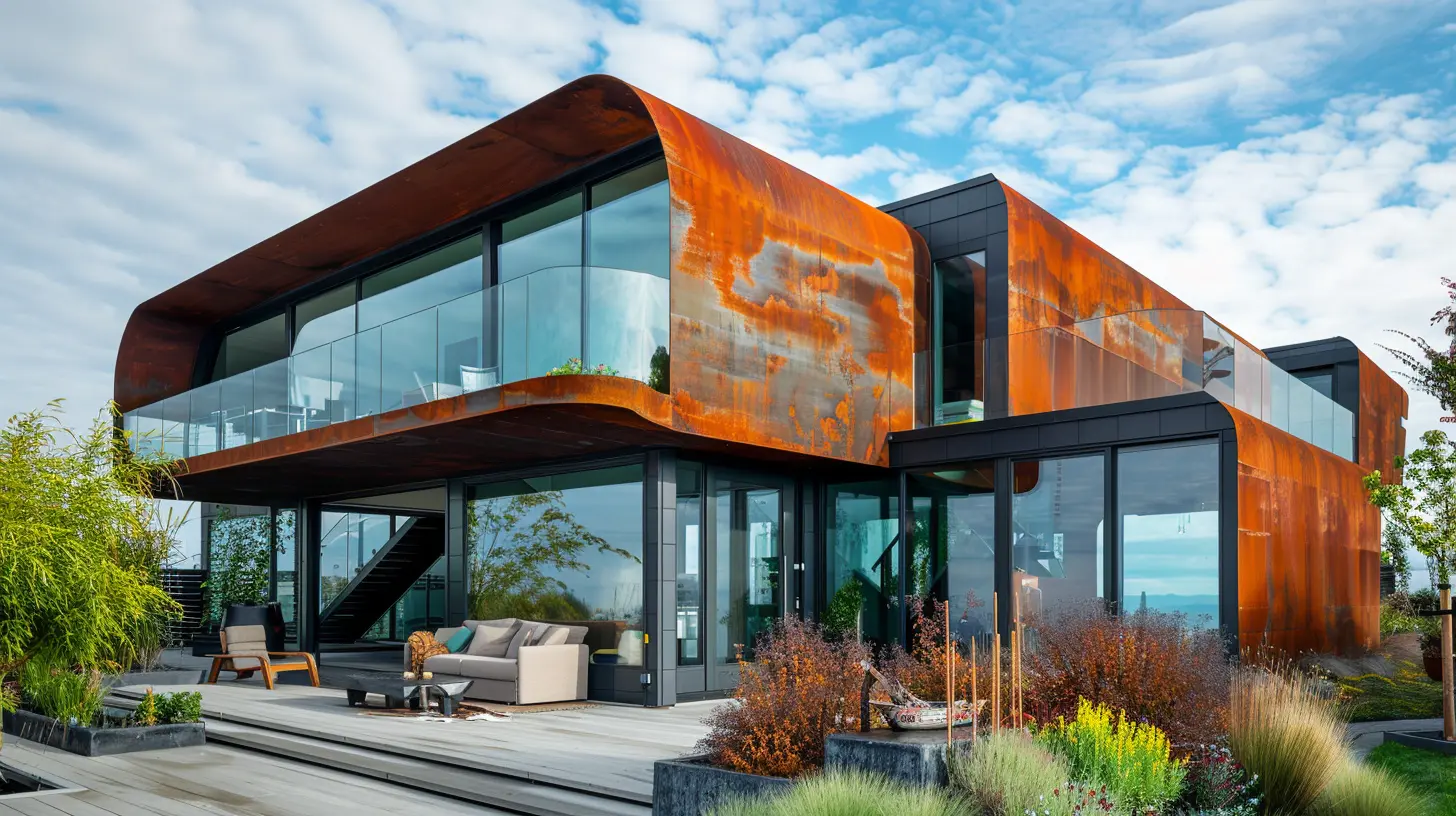
Why Steel? A Quick Primer
Here’s a little thought experiment for you. Imagine building a house of cards. Would you rather use flimsy paper or a material that's strong, flexible, and capable of standing tall even in the face of the elements? That’s exactly why architects are head-over-heels in love with steel.Steel is like that dependable friend who gets along with everyone and can handle just about any scenario. It’s strong but not bulky, durable yet flexible, and can effortlessly take on complex designs. Whether it's a minimalist loft or a sprawling skyscraper, steel has got you covered. 
A Match Made in Modernity: Steel Meets Design
1. The Rise of Skyscrapers: Steel and the Vertical Revolution
Ever looked at cities like New York, Dubai, or Shanghai and felt your jaw drop at those towering skyscrapers? You can thank steel for that. Without it, we'd still be living in low-rise buildings, struggling for space as cities grow denser.Steel’s incredible strength-to-weight ratio makes it the perfect material for scaling heights. Unlike concrete, which is heavy and cumbersome, steel is lightweight yet robust enough to support massive structures. Think of it as the superhuman athlete of building materials—lean, mean, and packed with power.
Take the Burj Khalifa, for instance, the tallest building in the world. That shimmering marvel wouldn’t have been possible without steel lending its unbeatable strength and flexibility.
2. Steel as an Artist’s Palette
Architects are essentially artists, and steel? It’s their paintbrush. This material has opened up endless opportunities for expressive and out-of-the-box designs. Its malleability allows architects to create bold curves, intricate patterns, and sweeping arcs that would be impossible (or ridiculously expensive) with other materials.Take the Guggenheim Museum in Bilbao, Spain. It’s more sculpture than building, a true piece of art—and yes, steel plays a starring role. This museum shows that steel isn’t just about function; it’s also about form.
3. Sustainability Goals? Steel Says, “Challenge Accepted!”
Let’s get real for a moment. Climate change is no joke, and the construction industry has to pull its weight in reducing its carbon footprint. Guess which material is stepping up to the plate?Steel is incredibly eco-friendly—not something you’d typically associate with a material used in mega-constructions, right? But here’s the kicker: steel is 100% recyclable. It can be melted down and repurposed time and again without losing its strength or quality. Talk about a win-win for both architects and Mother Earth!
Plus, new innovations in steel production are making it even more energy-efficient to produce. So, the next time you admire a sleek modern building, remember—it’s probably doing its bit for the planet too.
4. Open Spaces Made Possible
Do you love open floor plans? You know, those airy spaces that flow from one room to another without pesky walls getting in the way? Well, you have steel to thank for that, too.Steel’s incredible strength allows architects to design massive open spaces without needing bulky support columns every ten feet. It’s like taking the training wheels off a bike—architects are free to ride wild with their ideas. Whether it’s a breathtaking atrium, a grand concert hall, or an airy office space, steel makes it all possible.
5. Speedy Builds Without Cutting Corners
Steel isn’t just about making the impossible possible; it’s also about getting things done fast. Pre-fabricated steel components allow buildings to go up much quicker compared to other materials. Think of it like assembling a giant Lego set, but instead of plastic bricks, you’re working with high-strength steel beams.This isn’t just a time-saver; it’s a cost-saver, too. And who doesn’t love saving a little money? Contractors and developers are thrilled because steel construction minimizes delays while maintaining exceptional quality. 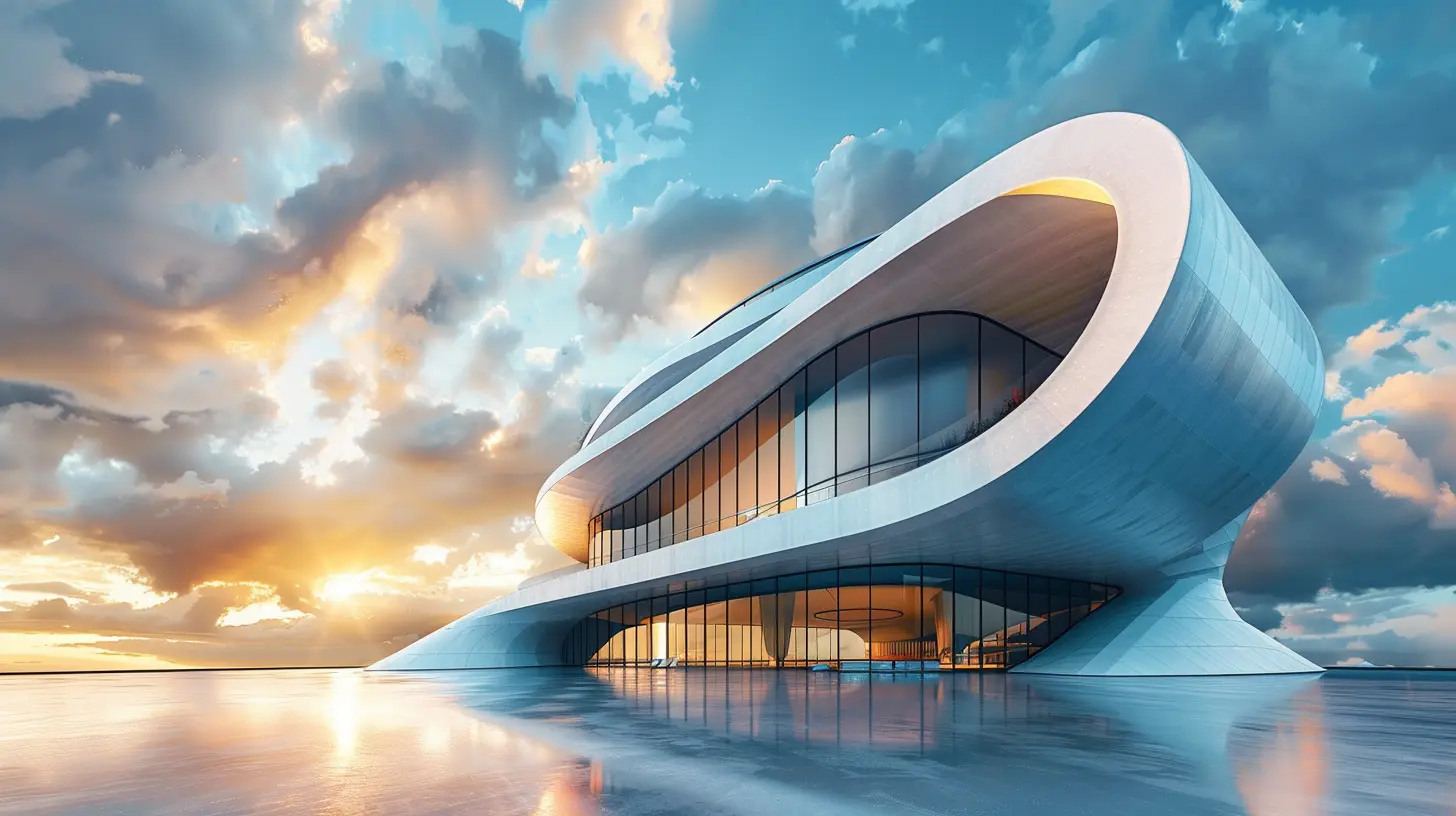
Everyday Steel Marvels—Not Just For Skyscrapers
You might think steel is only for the big-ticket projects like skyscrapers or massive stadiums, right? Think again. Steel is also quietly shaping much of the architecture we encounter daily.Homes That Feel Like Art
Forget boring, cookie-cutter homes. Steel makes it possible for residential architecture to be bold, modern, and jaw-droppingly unique. It’s showing up in everything from chic tiny homes to sprawling architectural masterpieces.Greenhouses and Conservatories
Steel and glass? Name a more iconic duo. Greenhouses and conservatories rely on steel frameworks to create those elegant, light-filled spaces that let nature shine while keeping structural integrity intact.Bridges That Inspire Awe
Take a stroll across some of the world’s most iconic bridges—like the Golden Gate Bridge in San Francisco—and you’re walking over a testament to how steel continues to inspire awe in architectural design.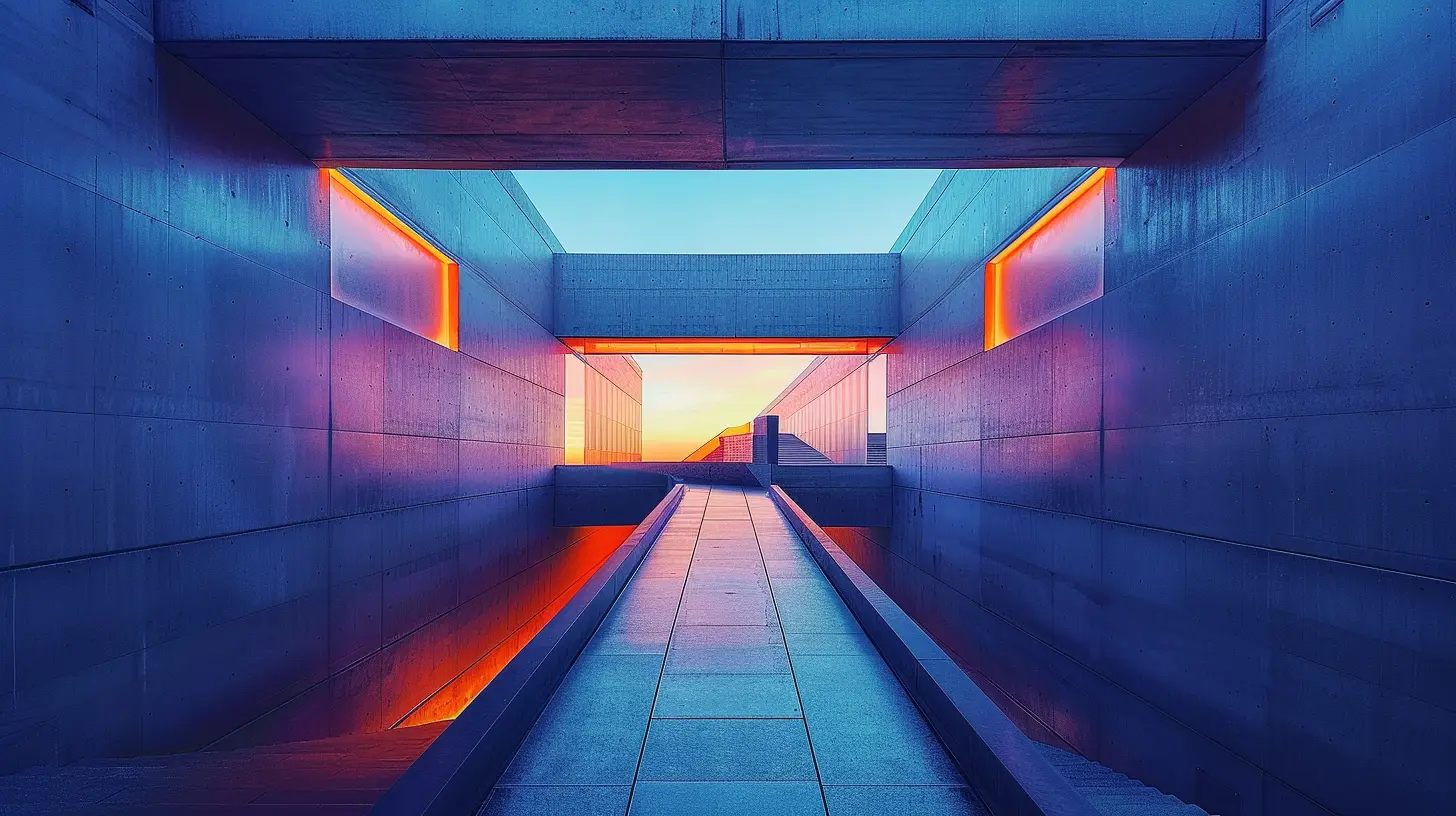
Challenges? Steel Takes Them On
Let’s not pretend steel is flawless, though. Like any superhero, it has its Achilles' heel—corrosion. But modern technology has swooped in to save the day with corrosion-resistant coatings, galvanization, and weathering steel. No material is perfect, but steel’s adaptability means it’s always one step ahead of the game.Where Are We Headed? The Future of Steel in Architecture
So, what does the future hold for steel in architecture? If the trends are anything to go by, steel is only getting smarter. Engineers and architects are experimenting with high-strength, low-alloy steels that further enhance the material’s performance.And let’s talk about robotics and 3D printing. These technologies are pushing the boundaries of what steel can do, making futuristic visions a reality even faster. Imagine buildings that seem to grow organically or façades that change shape based on light or temperature—steel is going to make it real.
Steel: The Unsung Hero of Modern Architecture
So, there you have it. Steel isn’t just a material; it’s a game-changer, a creative enabler, and a sustainability champion. It allows architects to dream big, push boundaries, and create spaces that inspire, connect, and endure.The next time you walk by a jaw-dropping building or cross an iconic bridge, give a little nod to steel—the unsung hero shaping modern architectural designs. And who knows? Maybe steel will continue to surprise us with what it can do in the years to come.



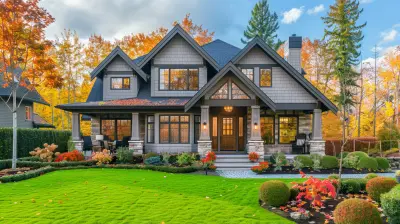




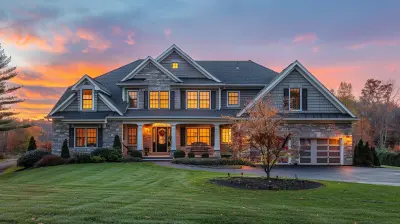
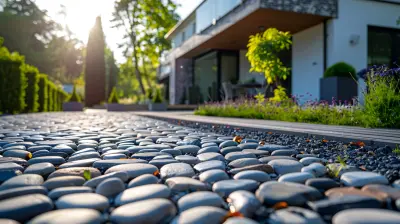

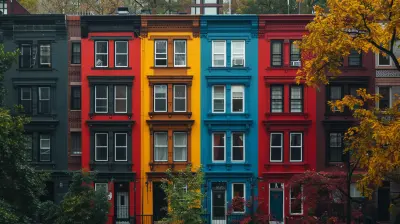
Jett Pacheco
Great article! It’s fascinating to see how steel is revolutionizing modern architecture, blending strength with stunning design. The versatility of steel truly opens up endless possibilities for innovative structures. Can't wait to see what architects dream up next!
March 29, 2025 at 12:10 PM